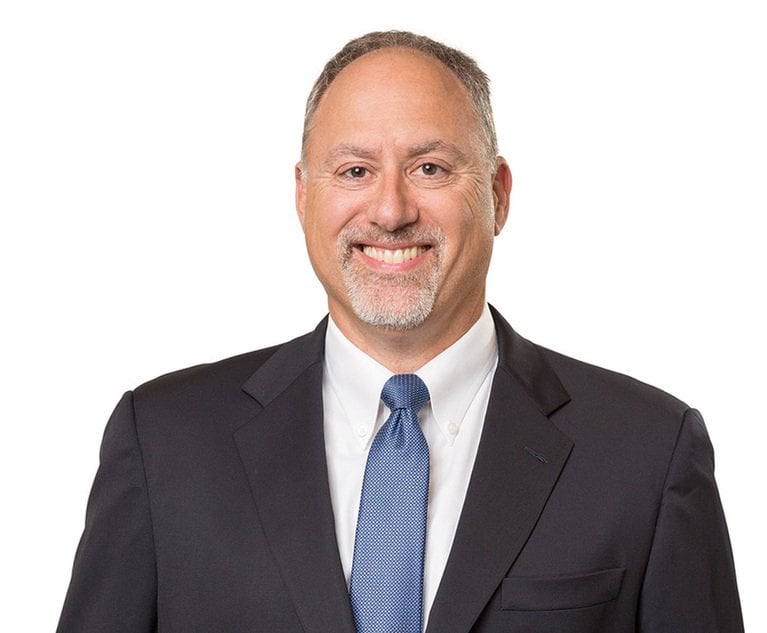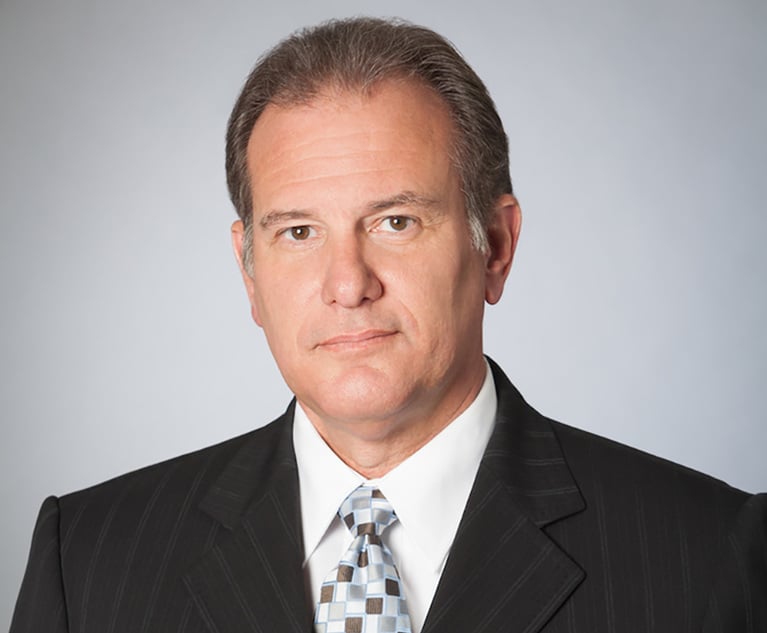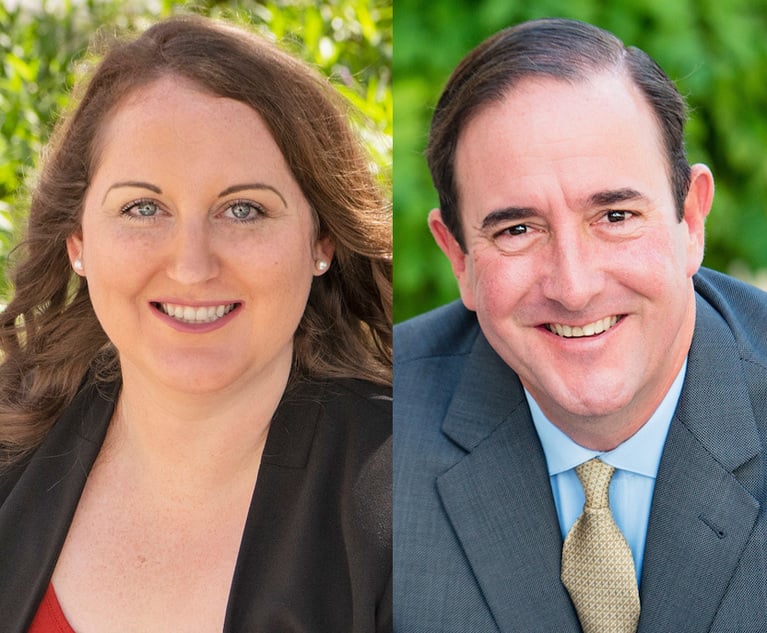As discussed in the July 12 Daily Business Review article authored by my colleagues, Raul Valero and Michael Marcus titled “Exploring Lucrative Investment Opportunities in S. Fla.’s Strip Malls and Shopping Centers,” the state of Florida “was the state with the highest net domestic migration in 2022 in both raw numbers and population percentage.” This “great migration” in turn caused an increase in the development of single-family, multifamily, office and industrial projects and South Florida has been a beneficiary thereof. If one would take a look out of the windows from our West Palm Beach office, you will see a number of office and multifamily projects underway, with more slated to begin soon. As such, many commercial real estate attorneys in Florida were looking at 2023 to be a banner year.
Unfortunately, continued inflationary pressures and the Federal Reserve’s response thereto have caused interest rates (as of the Federal Reserve’s July 26, 2023, increase) to be at the highest level in 22 years. The recent downgrade by Fitch Rating of the U.S. Long-Term Foreign-Currency Issuer Default Rating (IDR) to AA+ from AAA based upon “a steady deterioration in standards of governance over the last 20 years, including on fiscal and debt matters, notwithstanding the June bipartisan agreement to suspend the debt limit until January 2025″ and Moody’s Investors Service recent cut in the credit ratings of 10 U.S. regional banks (and a review of six others) would seem to continue an already stagnant commercial real estate market. Furthermore, as to variable rates, when one compares the current “all-in” one-month term secured overnight financing rate (SOFR) (which replaced the London Inter-Bank Offered Rate (LIBOR) as of June 30) to the comparable 2022 “all-in” variable rate of LIBOR (or other variable rate), you will see that the difference in the rates are at least 3%. In turn, the increases in interest rates have caused a corresponding increase in interest rate swap products and the pricing associated therewith.


 Carl V. Romano of Nelson Mullins. Courtesy photo
Carl V. Romano of Nelson Mullins. Courtesy photo




